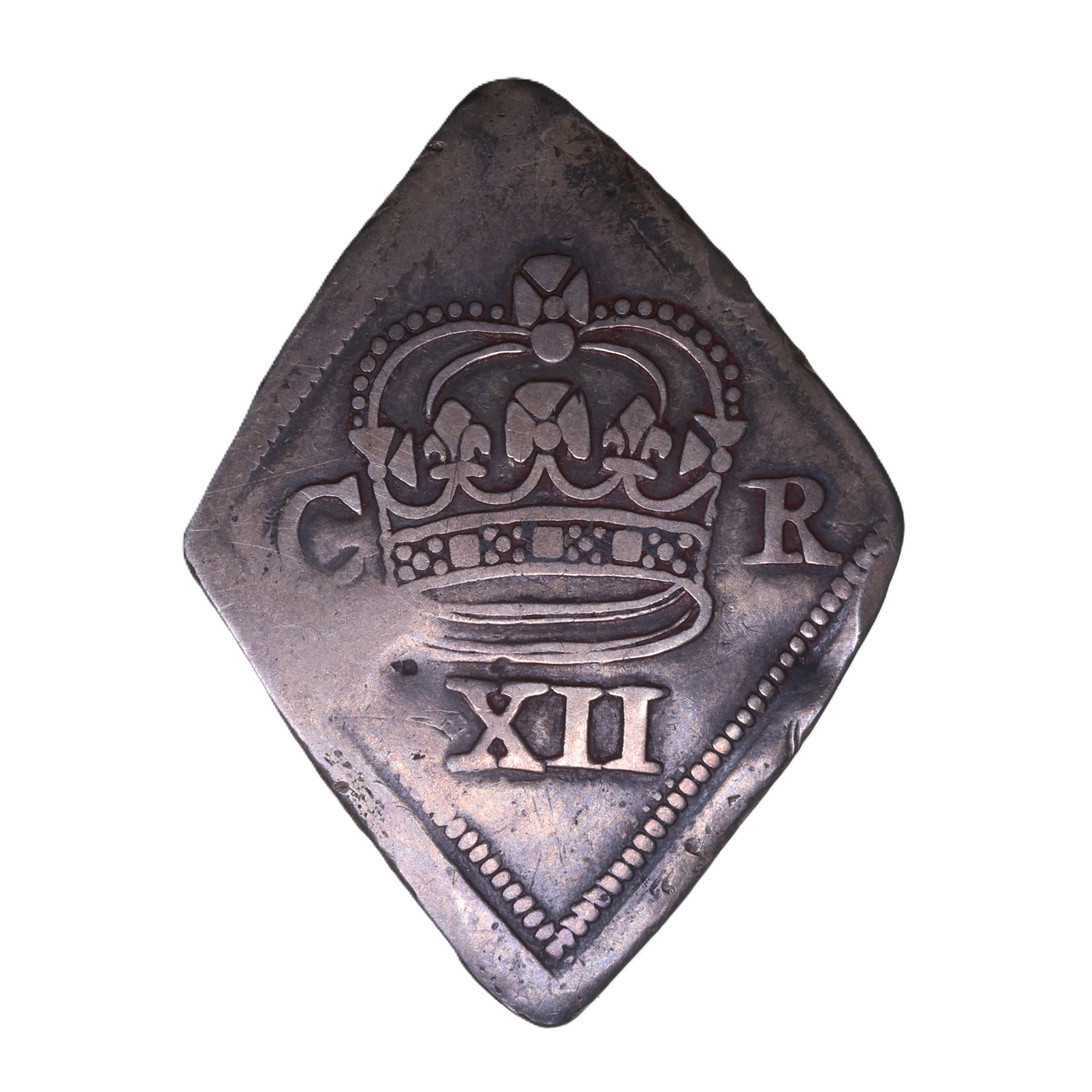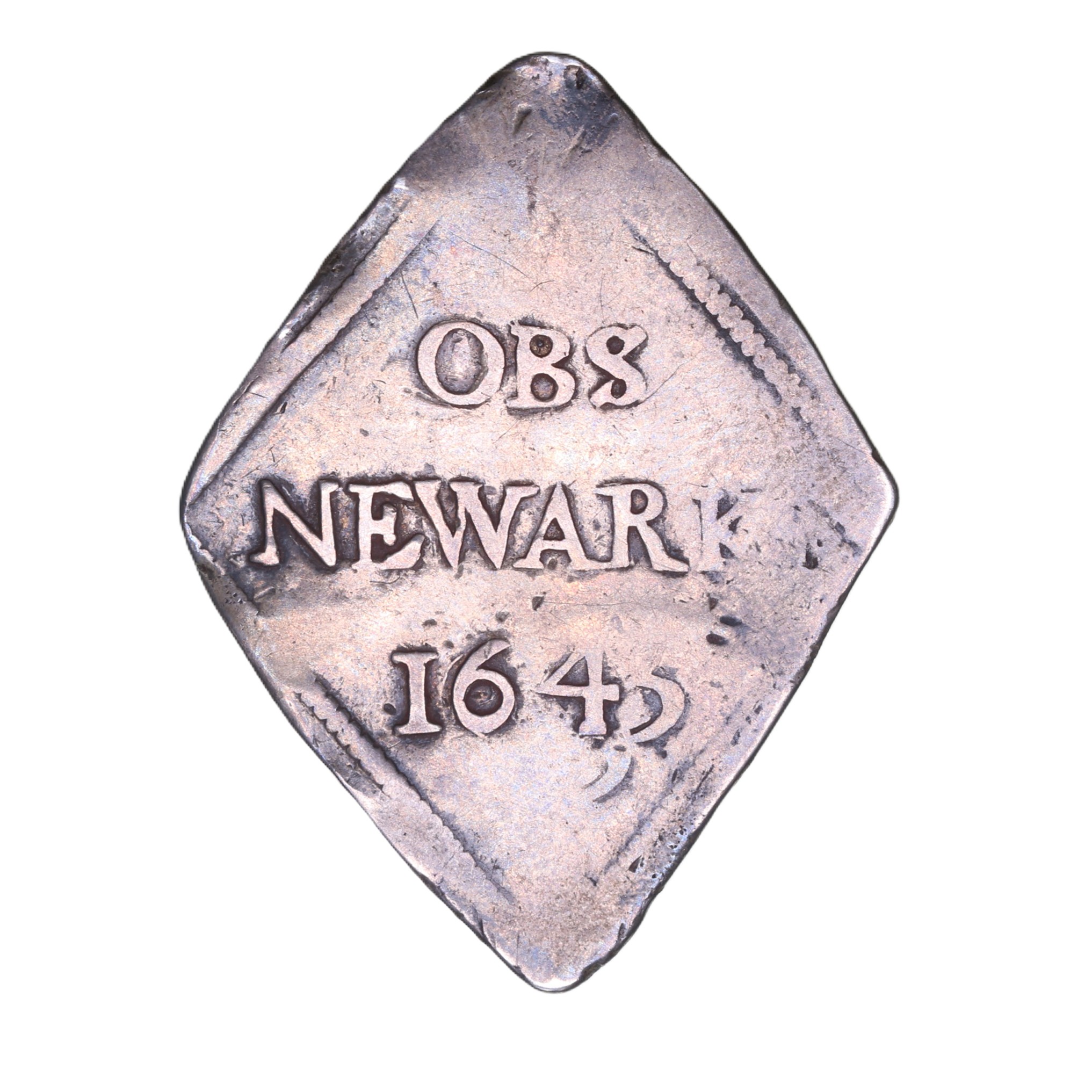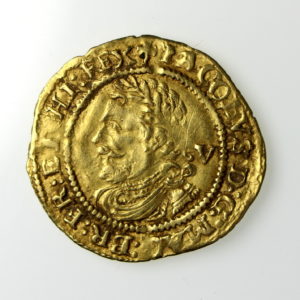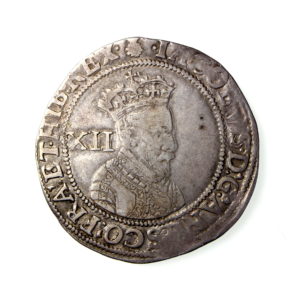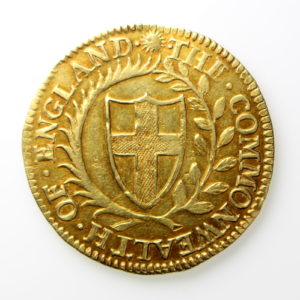Charles I AD 1625-1649 Silver Shilling Newark Siege Piece
£2,250.00
Charles I AD 1625-1649 Silver Shilling
Newark Siege Piece
Civil War AD 1645
Large crown, C-R to sides, XII underneath/OBS/NEWARK/1645
S3143; 38x29mm, 5.89g
Background Information on Siege Pieces of the English Civil War
During the Civil War the Parliamentarian forces retained control of London as well as the main sources of finance in the country. As a result the Royalists were starved of funds and as they were pushed back found it increasingly hard to finance their army. This became particularly acute in the towns which came under siege. To help fund their campaign any silver within these towns was melted down and recoined into what became known as siege pieces. These coins are mostly crudely struck.
Newark, which was put under siege three times during the Civil War, issued 4 denominations of siege piece. The most common are the halfcrown and shilling. Ninepence and sixpence pieces were also issued. All of these coins which are lozenge shaped and are of similar design. On the obverse a crown and cipher is depicted with the value stamped below. On the reverse the town and date are stamped.
Carlisle, which was besieged in AD 1644/5 multi sided three shilling and shilling pieces were issued. Again these depict a crown and cipher on the obverse with OB/CARL and the date, 1645 stamped on the rear.
Scarborough was besieged between July 1644 and July 1645 had the most comprehensive range of siege pieces issued. Most of these were particularly crudely made and range from a five shilling and eight pence piece down to a groat. Of various shapes and sizes these coins generally depict a castle sometimes with value stamped below. The reverse is generally plain.
Pontefract was besieged in the second Civil War between June 1648 and March 1649. Here lozenge shaped 2 shilling and shilling coins were issued prior to the execution of Charles I. After Charles was executed octagonal shaped shillings were issued which were in the name of Charles II. On the obverse all these coins depict a crown and cipher with DVM: SPIRO: SPERO around. On the reverse is a gateway with inscription around.
Born the second son of James I, Charles I became heir upon the death of his elder brother Henry in AD 1612. After an unsuccessful attempt to marry him to the Infanta of Spain Charles married the Catholic Henrietta Maria of France in AD 1625. Charles strongly believed in the divine right of kings and upon his succession to the throne in AD 1625 it was not long before he quarrelled with Parliament which tried to curb his powers. This caused increasing unrest at his attempts to raise taxes without Parliamentary consent. There was uneasiness with his religious policies in part due to his marriage to a Catholic queen. He also quarrelled with the Scottish bishops and eventually both the Scottish and English Parliaments rebelled starting the Civil War.
Having been defeated by armies raised by both Parliaments Charles eventually fled from Oxford to the north where he was captured by the Scots who handed him over to the Long Parliament in London. Refusing to accept a Constitutional monarchy Charles escaped to the Isle of Wight. Charles attempted to reassert his control but was defeated by the Parliamentarians under Cromwell who had him brought back to London and tried. This time Charles was sentenced to death and was executed in Whitehall in January AD 1649. This instigated the Commonwealth when the country was ruled as a Republic until Charles II was restored as king in AD 1660.
The reign of Charles I is one of the most interesting numismatically. Not only were many provincial mints set up, particularly during the Civil War period, some outstanding machine- made coins were produced both in England and Scotland under Nicholas Briot.
Out of stock

